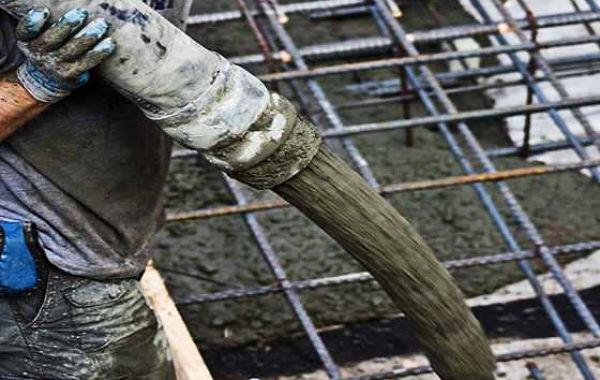Production of Dry Concrete Mixtures
Introduction
Dry concrete mix, also known as pre-mixed concrete or precast concrete, is a type of concrete material that is pre-mixed in a factory or pre-mixed concrete plant. It is made by mixing cement, aggregates, some water (or no water) and other additives in a certain proportion, and has the characteristics of high strength, high durability, and high workability. Dry concrete mixtures have been widely used in the construction industry and have become one of the main building materials in modern architecture. This article will introduce the production process of dry concrete mixtures.
Production Process
Preparation of Raw Materials
The first step in producing dry concrete mixtures is to prepare the raw materials. The main raw materials include cement, aggregates (sand, stone), water, and additives. These raw materials need to be prepared according to the predetermined mix proportion, and the design of the mix proportion needs to be adjusted according to the engineering requirements and the quality of local raw materials.
Measurement and mixing
After the raw materials are ready, the next step is to measure and mix according to the mix ratio. The measurement system is the core of the entire production process, and its accuracy directly affects the quality of the final product. After the measurement is completed, various raw materials are sent into the mixer for mixing. During the mixing process, it is necessary to strictly control the mixing time and temperature to ensure the quality and stability of the concrete.
Mixing and processing
After measurement, the concrete enters into the mixing stage. At this stage, concrete is further processed and mixed to ensure its uniformity and consistency. During the mixing process, special additives such as water reducing agents and retarders need to be added to improve the workability and durability of concrete. But mostly, dry concrete material is not contained water and other additive, which are added when arrived to the site or during transportation.
Quality control and inspection
Quality control and inspection are very important links in the production process. Regular sampling and testing of concrete can ensure that it meets engineering requirements and relevant standards. Quality control personnel will test the compressive strength, slump and other indicators of concrete to ensure its quality is qualified.
Storage and transportation
The dry concrete mixture produced needs to be stored and transported before it can reach the construction site. During storage, it is necessary to maintain appropriate temperature and humidity to avoid problems such as hardening and segregation of concrete. During transportation, it is necessary to choose appropriate transportation methods and tools to ensure that concrete will not be damaged or have quality issues during transportation.
Production Technology and Management
In order to ensure the quality and stability of dry concrete mixtures, advanced technology and management methods need to be adopted in the production process. Firstly, it is necessary to select suitable raw materials and conduct quality testing and control. Secondly, efficient metering and mixing equipment is needed to improve production efficiency and product quality. In addition, it is necessary to strengthen quality control and safety management in the production process to ensure the stability and safety of the production process.
More details on concrete production, please land on lutonmachinery.com.
Conclusion
The production of dry concrete mixtures is a complex process that requires strict control of each production link. By adopting advanced technology and management methods, the quality and stability of dry concrete mixtures can be improved, thereby providing better support for the development of the construction industry.








